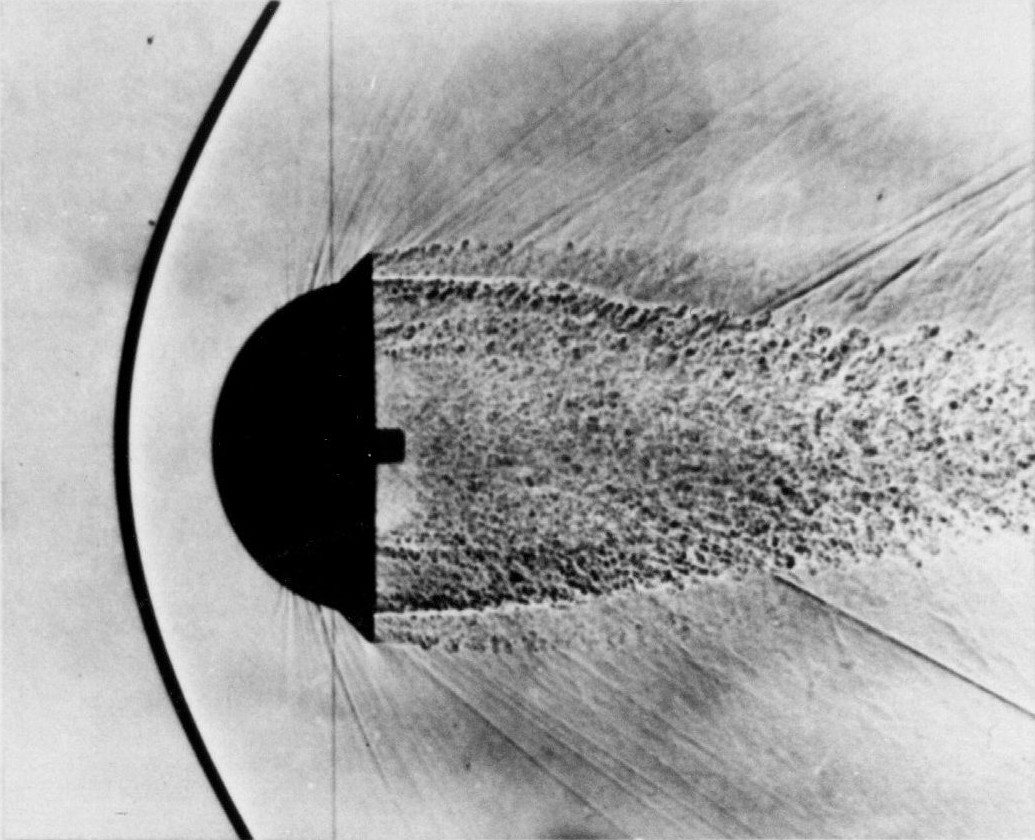The photo below depicts a B742F descending into New York with a 'shockwave' looking effect around the nose area and flaps on the port side wing.
I've seen shockwaves formed by military a/c and Concorde whilst breaking the sound barrier etc, I understand that. However I've never come across anything such as the below. I would be confident in saying that with a 200-400mm lens the a/c is below 10,000ft and therefore speed is not in excess of 250KIAS. Is it a high rate of descent that's causing this?
[photoid=6472254]
Thanks in advance.
I've seen shockwaves formed by military a/c and Concorde whilst breaking the sound barrier etc, I understand that. However I've never come across anything such as the below. I would be confident in saying that with a 200-400mm lens the a/c is below 10,000ft and therefore speed is not in excess of 250KIAS. Is it a high rate of descent that's causing this?
[photoid=6472254]
Thanks in advance.

Comment